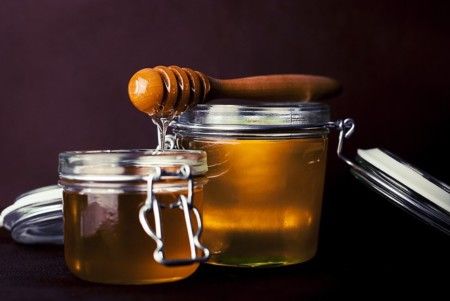
Manuka honey – a remedy from nature
Since time immemorial, manuka honey from the flowers of the South Sea myrtle has been used by the Maori as a natural remedy.
The fact that honey has, among other things, an antibacterial effect was discovered by modern research only a few decades ago.
The New Zealand natives had used parts of the plants both for injuries and infectious diseases.
When at the beginning of the 19. When honey bees arrived in New Zealand with the first missionaries at the end of the 19th century, Manuka honey was produced for the first time.
This contains an ingredient called methylglyoxal (MGO), which inhibits inflammation and has a great antibacterial effect.
In the meantime, however, it has been proven by clinical studies that the honey from the blossom of the South Sea myrtle shows an excellent effect against various pathogens, even those that are resistant to antibiotics.
As a remedy, Manuka honey is therefore used for infectious diseases, as well as wounds that are either difficult to heal or occur chronically.
Fields of application of the remedy Manuka honey
Because of the many good properties, the Manuka honey is characterized by wide-ranging applications.
These range from wound infection to the treatment of infections in the area of the organs and the skin.
A distinction is made between external and internal use. Externally, the honey is administered to injuries, various skin diseases and insect bites.
A honey massage restores the natural detoxification ability of the body.
It is suitable therefore particularly with the large multiplicity of typical civilization illnesses, which are to due to storage of poisons and pollutants.
Among the internal applications are various colds, but also inflammation of the bladder, intestines and gastric mucosa and gums.
In external use, for example, Manuka oil or a Manuka honey mask can give good results for skin blemishes or pimples.
Prevent infections with Manuka honey
And even for prevention the honey can be used. This is useful, for example, in the case of new wounds and injuries, because these are directly disinfected by contact with the honey and thus pathogenic bacteria do not find a breeding ground for further spread.
So wounds of any size can be smeared with a layer of honey and then covered up.
However, the honey layer should be applied in such a way that it extends beyond the edges of the wound and does not stick to the cover.
For internal use it is sufficient – depending on the type of disease – to eat a teaspoon of honey several times a day.





